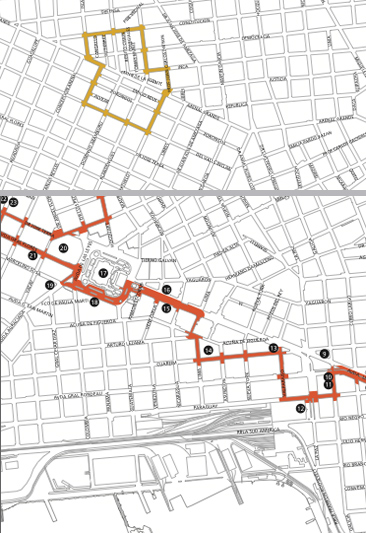
Branching off from Plaza Fabini near the beginning of Avenida 18 de Julio, Avenida Lavalleja cuts a wide angle through the barrio of La Aguada & ends at the Palacio Legislativo. The aerial photo below gives a better sense of the avenue’s location than the orange line on the above map… find the diagonal cut with tall buildings on the left side:
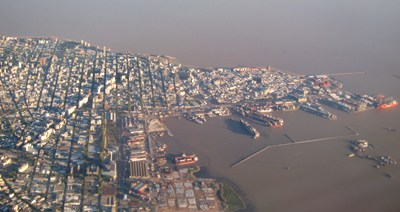
Once one of the grander thoroughfares downtown, these days Avenida Lavalleja seems a little hit & miss. Blocky, mid-20th century buildings compete with modern high-rises while a few remnants from 100 years ago struggle to hang on. Two treats are the former shops of Tiendas Introzzi (now used to house the Dirección Nacional del Medio Ambiente) & the 1936 curves of the Edificio Güelfi, a highlight for Racionalista fans:

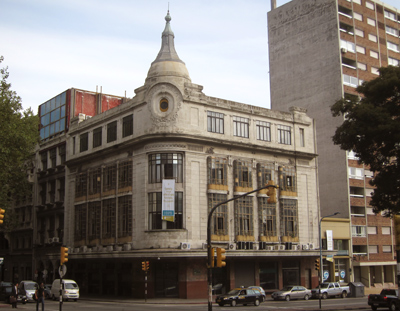
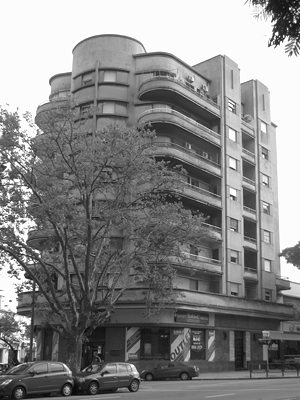
Just west of Avenida Lavalleja sits the grand Estación Central General Artigas. Strategically located near the center of Montevideo & next to one section of the port, the 1897 station used to be a huge hub of activity. In 1988, service stopped —passengers would disembark at an earlier stop— and the station became a concert venue (even for Duran Duran!). In later years, service resumed, stopped again, resumed, etc. Currently closed & with homeless people taking shelter where they can, the lack of use of this gorgeous building is a big urban fail for the city.
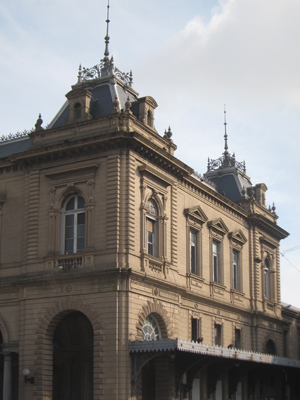
Continuing around the Palacio Legislativo, Casa Soler attracts attention with its giant, vertical dome. Built in 1930 in a privileged location, the ex-department store serves as a reminder of the commercial plans for the neighborhood that never really materialized. Today the Corte Electoral uses the building… sorry for the poor photos. Definitely the wrong time of day, but you get an idea of how massive that dome is. Nearby sits the lovely but rather worse-for-wear medical school.
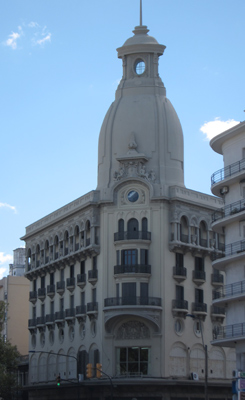
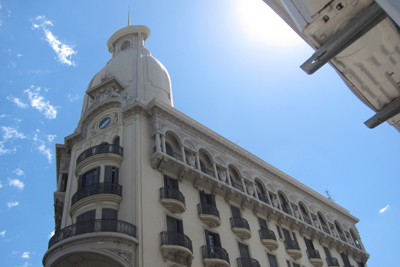
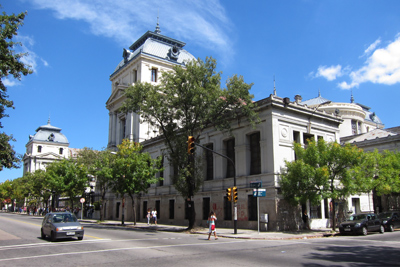
The surrounding area houses some large industrial complexes with the 1915 Mercado Agrícola now being renovated. The nondescript alpargatas factory caught my attention because it is so similar to the one in Buenos Aires.
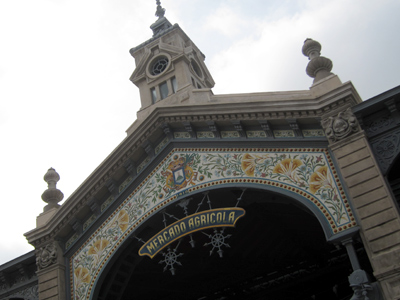
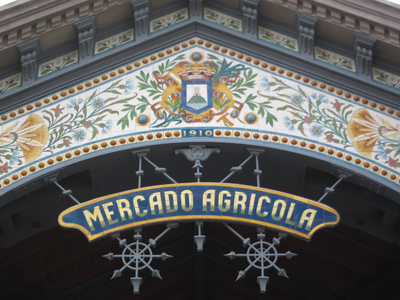
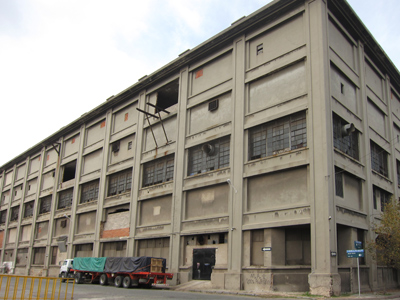
Surprisingly for an area filled with university students & workers, there was little choice for lunch. One day Darío & I collapsed in the Bar Vaccaro & had a set-price meal. Average food but decor just like La Americana in Buenos Aires & my first experience with the postre Massini: a light, whipped cream filling sandwiched by two thin layers of cake plus a caramelized top. I could eat these every day! Maybe I did 😉 Locals say Confitería Carrera makes the best & they sell to restaurants all over town. Yummy.
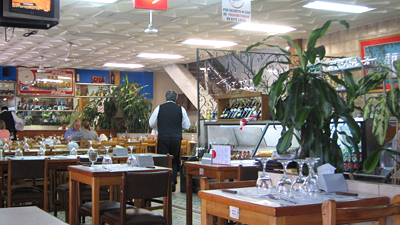
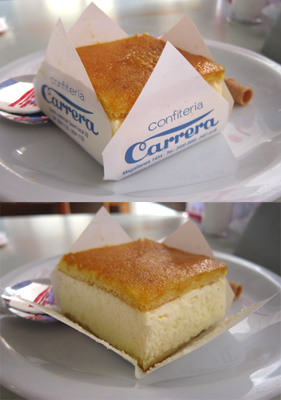
On a sugar high, we managed to explore a bit more of the area & ventured into Villa Muñoz. Suddenly, it turned into Once… apologies for all the Buenos Aires comparisons, but the similarity was striking. The pics below are tame but honestly I felt like I could have been on the other side of the Río de la Plata. We also ran into one of my favorite things: an early housing project. Barrio Reus al Norte (see map at the top of this post) housed a growing working class in the 1880’s, remarkable for its pedestrian-friendly design. Only half of the original project sponsored by Emilio Reus remains, but recent restoration & bright colors draw many visitors to the area.
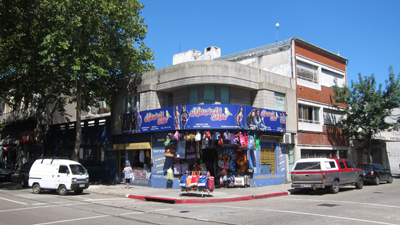
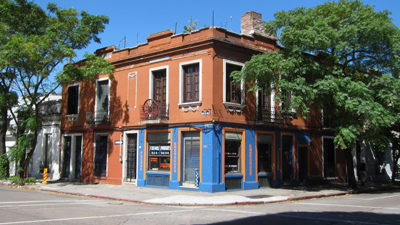
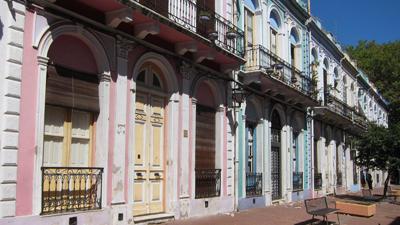

Montevideo series: First impressions • Ciudad Vieja • Avenida 18 de Julio • Pocitos • Cementerio Central • Palacio Legislativo • La Aguada • Parque Rodó • El Prado • Final thoughts